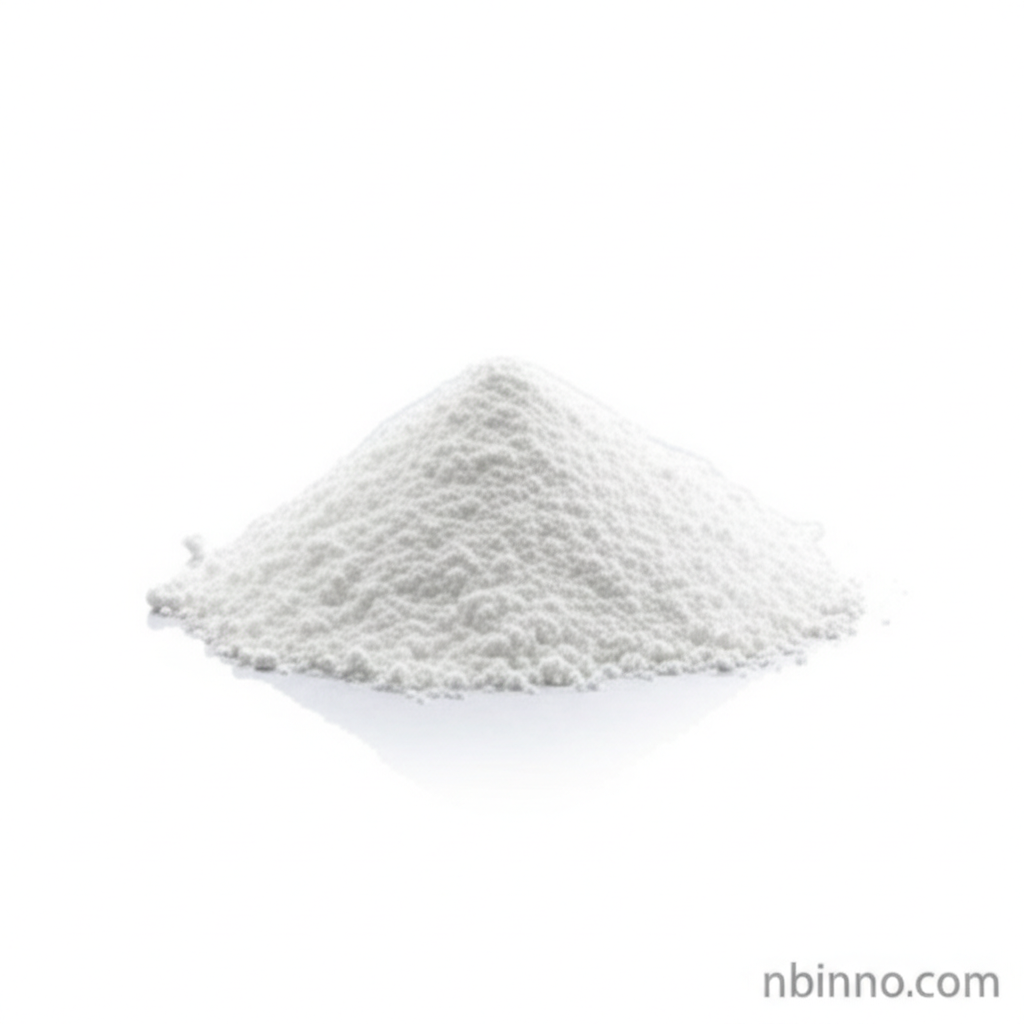Dioctyltin Maleate: Properties, Applications, and Chemical Insights
Discover the key characteristics and widespread uses of this versatile organotin compound.
Get a Quote & SampleProduct Core Value

Dioctyltin Maleate
Dioctyltin maleate is a crucial organotin compound with the CAS number 16091-18-2. It is recognized for its utility across various industries, particularly in cosmetics and pharmaceutical materials. Its consistent quality and specific chemical properties make it a sought-after ingredient.
- Explore the diverse dioctyltin maleate applications in cosmetics, understanding its role in product formulations.
- Understand the detailed dioctyltin maleate chemical properties, which are essential for its functional performance.
- Learn about the precise dioctyltin maleate CAS 16091-18-2 identification, ensuring accurate sourcing and regulatory compliance.
- Delve into the dioctyltin maleate chemical structure to grasp its molecular basis for various applications.
Key Advantages
Versatile Application Range
The broad applicability of dioctyltin maleate, from cosmetic formulations to pharmaceutical intermediates, highlights its versatility as a chemical compound.
Chemical Purity and Consistency
With a stated purity of 98%, this compound ensures reliable performance, making it a trusted choice for manufacturers requiring consistent chemical properties.
Identifiable Chemical Signature
The distinct dioctyltin maleate CAS 16091-18-2 number and known dioctyltin maleate molecular weight facilitate precise identification and integration into complex chemical processes.
Key Applications
Cosmetic Formulations
Dioctyltin maleate is frequently utilized in cosmetic products, contributing to their overall efficacy and stability. Its properties make it valuable for specific formulation needs.
Pharmaceutical Intermediates
As a pharmaceutical material, it serves as a key intermediate in the synthesis of various medicinal compounds, underscoring its importance in healthcare advancements.
Industrial Chemical Processes
Beyond personal care and medicine, this compound finds application in broader industrial chemical processes where its unique characteristics are beneficial.
Diagnostic Reagents
Its inclusion in diagnostic reagents signifies its role in the development of tools for medical analysis and testing, contributing to advancements in healthcare diagnostics.
